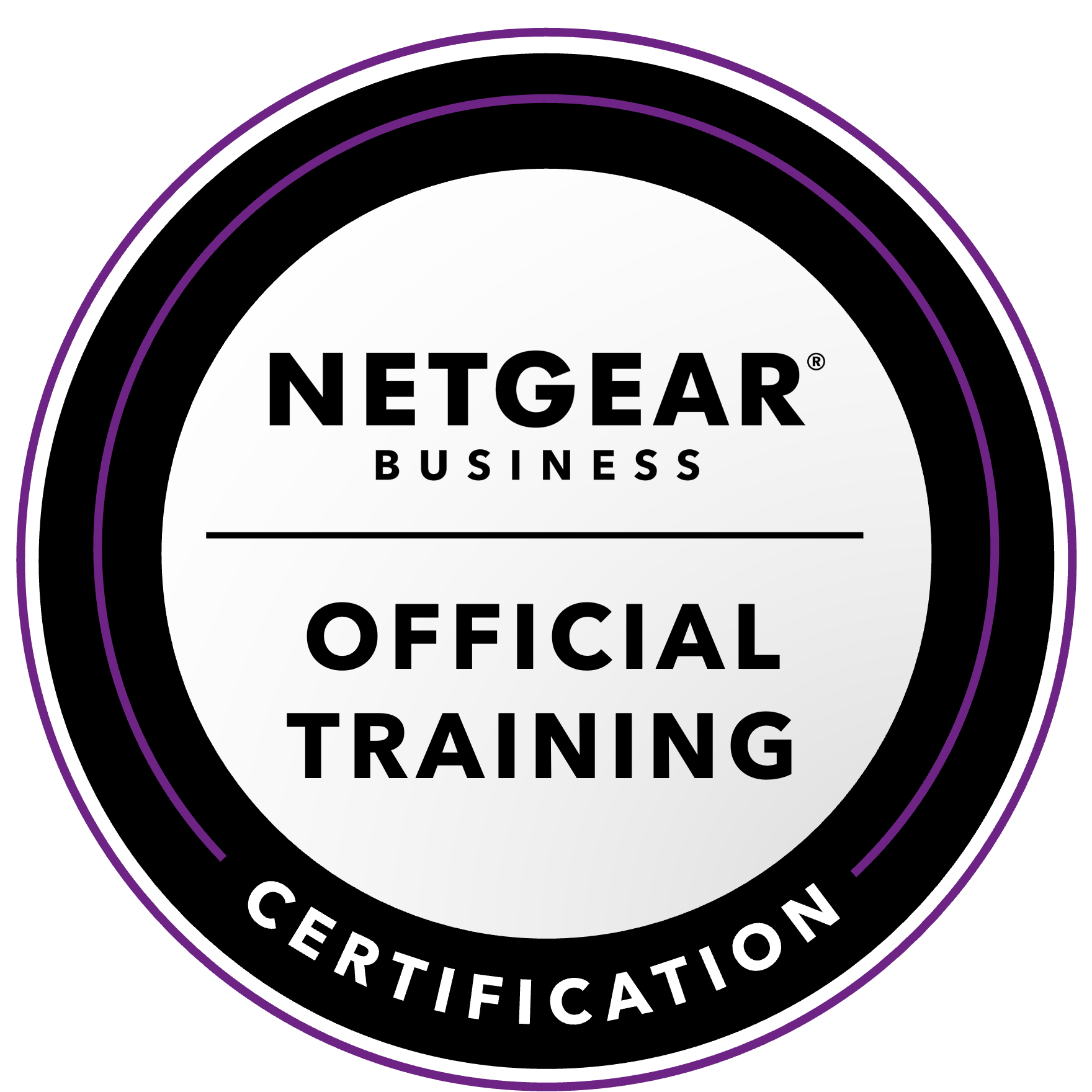NETGEAR is aware of a growing number of phone and online scams. To learn how to stay safe click here.
Forum Discussion
miogpsrocks
Oct 27, 2020Tutor
Can they Readynas add new external hard drives VIA USB Ports?
Can Readynas add new external hard drives VIA USB Ports?
There are often sales on external hard drive but they can't be placed inside the RAID unless you shuck them.
Why not simple put like 8 USB ports on the readynas and add them to an array.
So if youir readynas has 4 internal hard drives, you could expand it to 12 external hard drives?
Why would this not work?
4 Replies
Replies have been turned off for this discussion
- SandsharkSensei
You can add external drives to a ReadyNAS and use them for shares, not just for backup. But you cannot use them to expand existing shares or combine them and you must have an internal primary volume. Each must be a volume on it's own (so, no RAID). The reason for that is that there is too big a chance that one drive will fail to come on (at least in time) for a multi-drive volume to mount properly at boot. One might have become disconnected, for example. If it's a separate volume, then mounting late is no issue. But if it were a part of a volume that contains multiple drives, that volume could be entirely unreachable and potentially subject to unrecoverable errors.
The same is true, BTW, of eSATA drives. Multiple eSATA drives within a common cabinet using eSATA port expansion can be combined into a single volume (which is what the EDA500 did), but you cannot cross the boundary between chassis with a volume.
Sandshark wrote:You can add external drives to a ReadyNAS and use them for shares, not just for backup. But you cannot use them to expand existing shares or combine them and you must have an internal primary volume. Each must be a volume on it's own (so, no RAID). The reason for that is that there is too big a chance that one drive will fail to come on (at least in time) for a multi-drive volume to mount properly at boot. One might have become disconnected, for example. If it's a separate volume, then mounting late is no issue. But if it were a part of a volume that contains multiple drives, that volume could be entirely unreachable and potentially subject to unrecoverable errors.
The same is true, BTW, of eSATA drives. Multiple eSATA drives within a common cabinet using eSATA port expansion can be combined into a single volume (which is what the EDA500 did), but you cannot cross the boundary between chassis with a volume.
So it sound like the USB drives being included in the array is out of the picture on the current products.
Could this be theroically possible in the future if the software was programed to expect (and wait) for these USB drives to come up and not kicked them out of the array so quickly.
Do you think this is possible or are there other underlying problems with combining internal drives with external USB drives which would make this never happen? I was always under the impression that USB was too slow but newer USB standards are much faster.
Thanks.
- StephenBGuru - Experienced User
miogpsrocks wrote:
Could this be theroically possible in the future if the software was programed to expect (and wait) for these USB drives to come up and not kicked them out of the array so quickly.
Do you think this is possible or are there other underlying problems with combining internal drives with external USB drives which would make this never happen?
Given the current disk sizes, and the fairly recent introduction of 8 bay ReadyNAS, I don't see a lot of market demand here.
Personally I think this would be very fragile, and I wouldn't use a USB RAID array even if it were available.
There are other issues - one is that many USB drives (like desktop drives) are switching to SMR, which really isn't suitable for RAID. Cost is usually the most important factor for external drives, so it's hard to know what technology you are getting.
Plus it's not enough to just delay the mounting of the array at startup. You also need to handle the case where drives are unexpectedly dropped from the array when it is active. You'll end up with out-of-sync disks (and lost volumes) unless you had some form of disk-caching inside the NAS (similar to ReadyTier).
Related Content
NETGEAR Academy

Boost your skills with the Netgear Academy - Get trained, certified and stay ahead with the latest Netgear technology!
Join Us!
